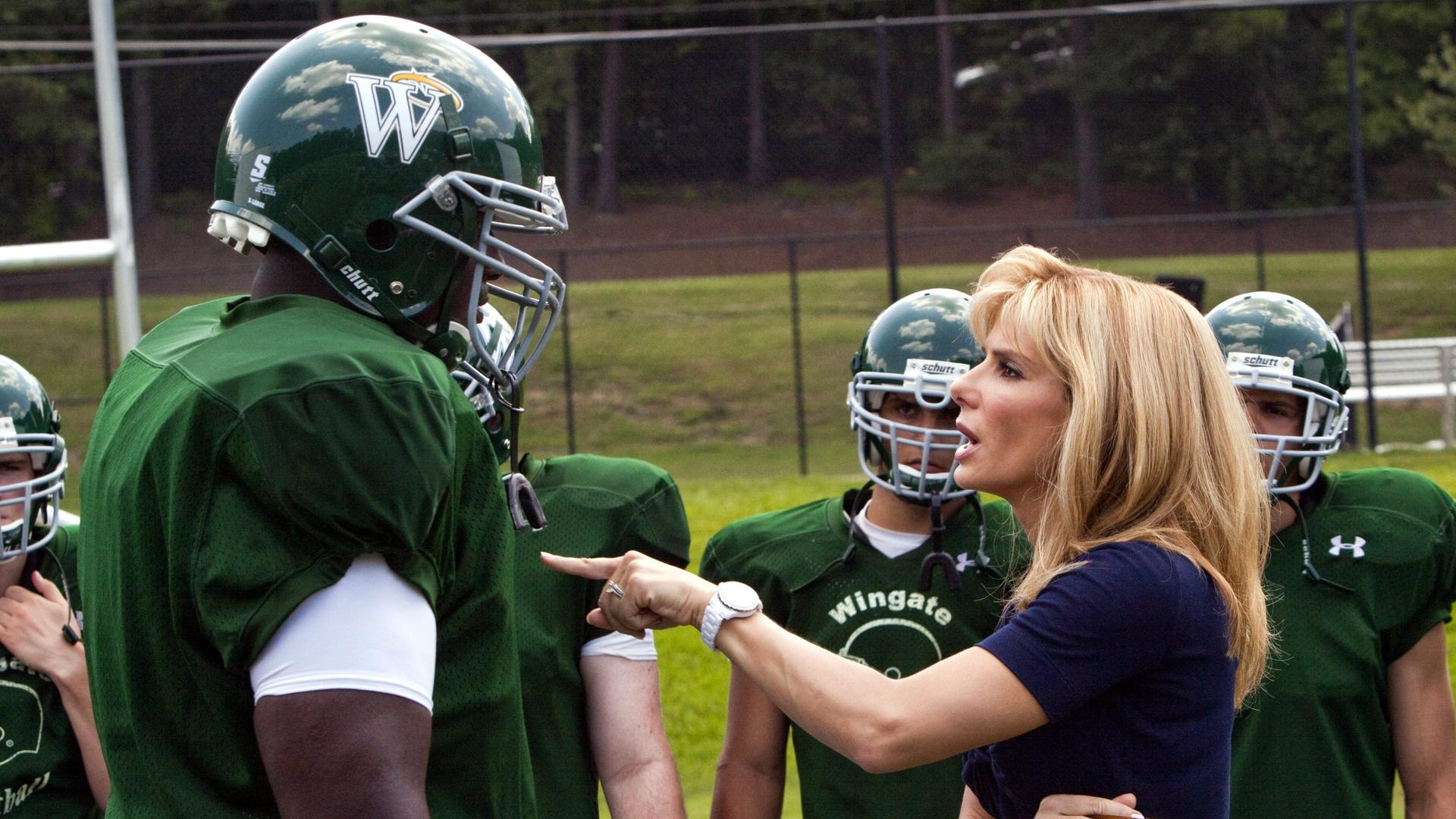
It doesn't happen often. But every few years, American school sports provide creators with good stuff in Hollywood. Like the story of the penniless black football player who becomes the star of the school team and then ends up in the NFL. A film version titled “The Blind Side – The Big Chance” grossed over €300 million in 2009.
The atmosphere of high school sports has inspired many cinematic dramas—mostly centered on the game of football. But with basketball, baseball and wrestling. This proves that school sports are popular in America. This can be summed up with a simple number: Six million young people – including an increasing number of girls – participate in school-based physical education across the country. A million of them participate in athletics alone.
Study: Only 39 percent of US high school students play sports
At second glance, the whole thing seems much less positive: in the northeastern state of Maine, more than 60 percent of students participate in programs offered in the afternoon, while in Nevada the percentage is less than 20 percent.
The Aspen Institute has also dealt extensively with school sports in the US in recent years. And the Washington think tank, which deals with a wide range of socio-political issues, doesn't give a good report on the American school sports system. Tom Faure, founder and director of the “Sport and Society” department, with results.
“Only 39 percent of high school students in this country play sports. This means that most children do not have access to sports experiences. A way must be found to include excluded children from this system. The US system certainly has many advantages, but some shortcomings need to be addressed.
American policy saw sport as a means of nation-building
This result is surprising, as school sports began to become more dedicated after the turn of the 20th century. All political levels worked together, down to the local level where taxes were raised to fund the school system in America. Includes construction and maintenance of sports halls and playgrounds.
Tom Fairey: “It was created by President Teddy Roosevelt and his contemporaries, who saw sports as a means of nation-building. Education includes physical training. The challenge today is that new schools, mostly small private schools, lack investment. They take buildings located in shopping centers, for example, for them. No gyms and playgrounds.
Additionally, an increasing number of students are being taught at home by their parents as part of what is known as “homeschooling.” Most of these are estimated to be over twenty million children under the age of 14. In nearly half of the states, they do not officially have access to public school sports facilities and tournaments.
The Playbook provides concrete recommendations following a nationwide survey
But Fauré also sees a sports-specific problem: Schools are targeting talented young athletes in the most popular sports to increase their popularity through competitions against other schools. “It's unfortunate because sport is valuable for everyone. Schools are brain developers and they really need to think about how they can get more students involved in healthy physical activity.
His mentor offers relief. And with the help of more concrete approaches. These include: Don't see sport as a nice side thing, but connect it specifically to general educational goals. Make sports offerings more closely related to student preferences instead of the other way around. A nationwide survey conducted for the study showed how much teenagers are interested in strength training, cycling, skateboarding and even yoga. Don't forget: regular training for sports teachers.
Tom Fairey's verdict: “Playbook has done a lot of good,” he says. But much more can be done. And of course what needs to be done urgently.

“Amateur coffee fan. Travel guru. Subtly charming zombie maven. Incurable reader. Web fanatic.”







More Stories
Nicolas Loufrani: Young Londoners Design Afro Hair Emojis
US Election: Trump Vs. Harris – 2024 poll numbers in America
Börse Express – USA: Retail sales rise unexpectedly